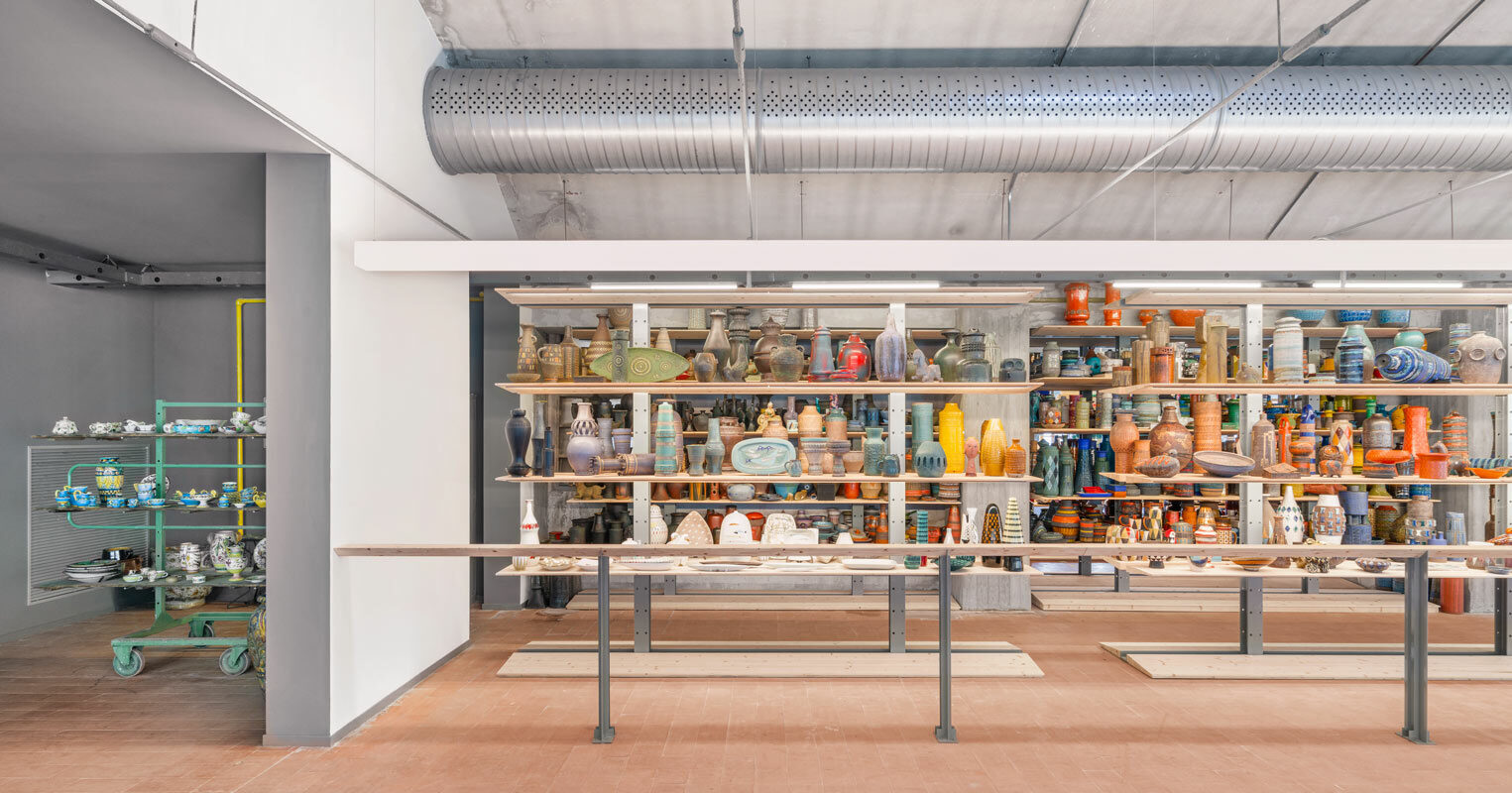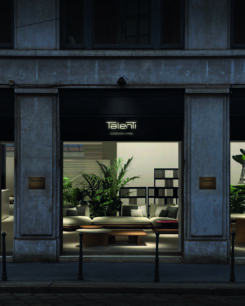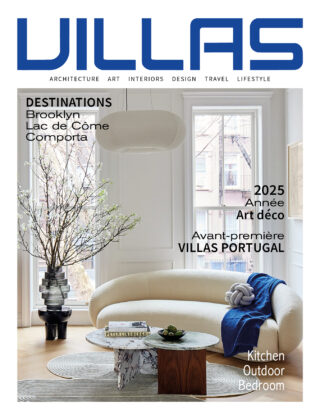Sommaire
Tuscany welcomes a design museum dedicated to Bitossi
A journey through the history of a historic brand with a renowned artistic sensibility
Montelupo Fiorentino, a town straight out of the Italian Renaissance, has always been one of the most distinguished homes of ceramic production. This tradition of crafting artistic objects and tableware for the home from ceramic clay dates back to 1500. It was here also that the family business Bitossi Ceramiche was born, in the first decades after 1900. In 2008, the Vittoriano Bitossi Foundation, named after the industrialist who ran the factory after its founder Guido Bitossi, opened its doors.
The Bitossi family, heirs to the Maioliche artistiche Guido Bitossi factory as it was known when first founded in 1921, is now continuing the work carried out by its founder with the brand’s very first artistic director: Aldo Londi. Their leitmotiv remains: to propose a type of ceramic production that has one foot in tradition and another in a range of styles, classic, modern and contemporary. A perfect union between past, present and future, based on a successful marriage between craftsmanship, research and studies that embraces innovation while offering high-quality designer products for the living room or the most stylish contemporary dining roomss.
Since its inauguration, the Foundation has been gathering, sorting and cataloguing ceramics from the Bitossi brand’s collections with the aim of promoting its know-how and the significance of its art among all manner of audiences. More than 7,000 objects documenting the production of the Florentine factory have been collected. They date from the very end of the 19th century, just before the opening of the manufacturing site, and then from the 1950s to the present day. Since then, many temporary thematic exhibitions have been held to celebrate this important figure of the tableware industry.
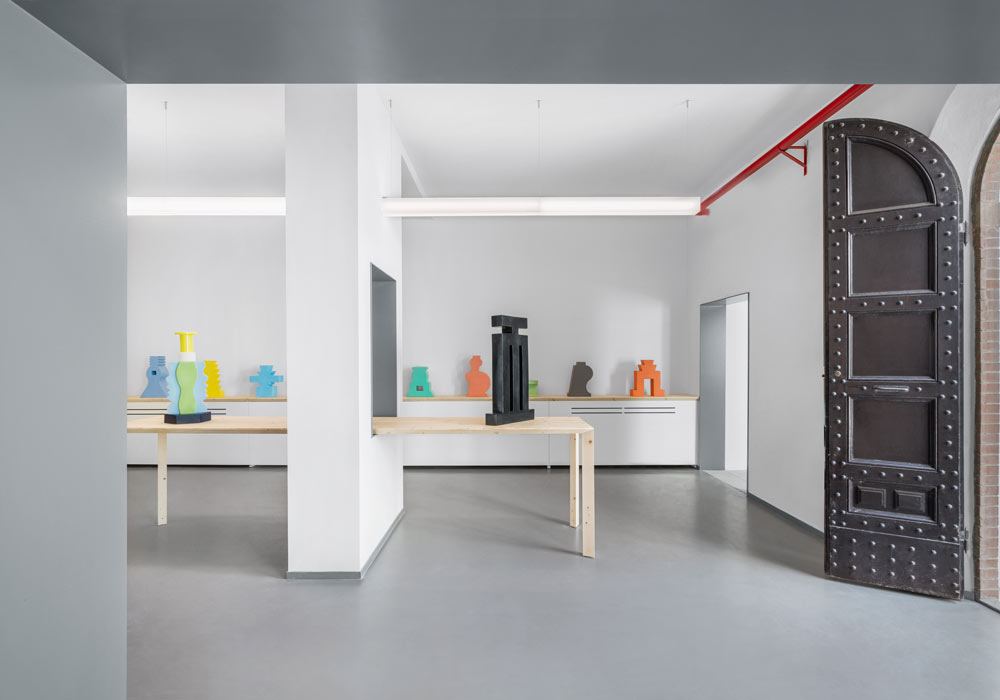
Delfino Sisto Legnani & Agnese Bedini
A visit as an architectural experience for the public and professionals
Located in the Fondazione Vittoriano Bitossi, the impressive spaces of the Bitossi Historical Archive are finally opening to the public as a museum in its own right. This 1,500 square metre-building, dedicated to design and the traditional art of ceramics, was entrusted to Milanese architect Luca Cipelletti, a specialist in urban planning, as are other great Italian architects, but also in the artistic direction of exhibitions and cultural institutions. His own architectural firm, AR.CH.IT, is renowned for its design work and artistic involvement in the programming of museums such as the Leonardo da Vinci Museum of Science and Technology and the world-renowned Milan Triennial.
With this project, Luca Cipelletti, together with Nicolò Gobini, project director of the architectural firm AR.CH.IT, are putting the Bitossi Ceramiche industrial site firmly on the design map. Their concept is based on the principle of stratification: the Bitossi story is put into context in its own environment and invites multiple levels of interpretation. For Luca Cipelletti, “this particular design method makes it possible to arouse the curiosity and stimulate the mind of the visitor”.
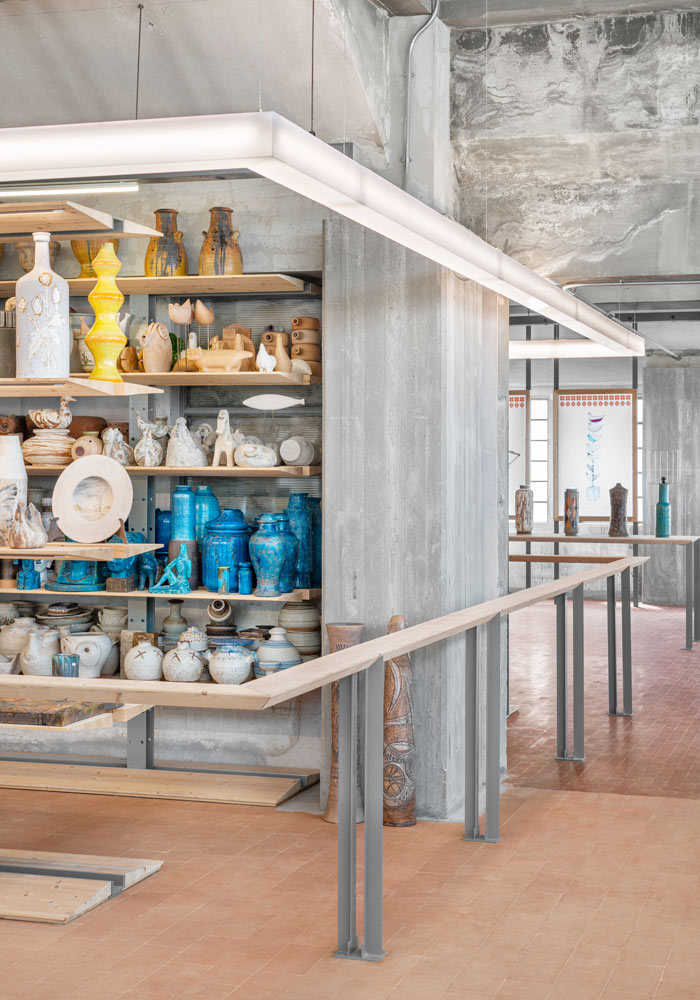
Delfino Sisto Legnani & Agnese Bedini
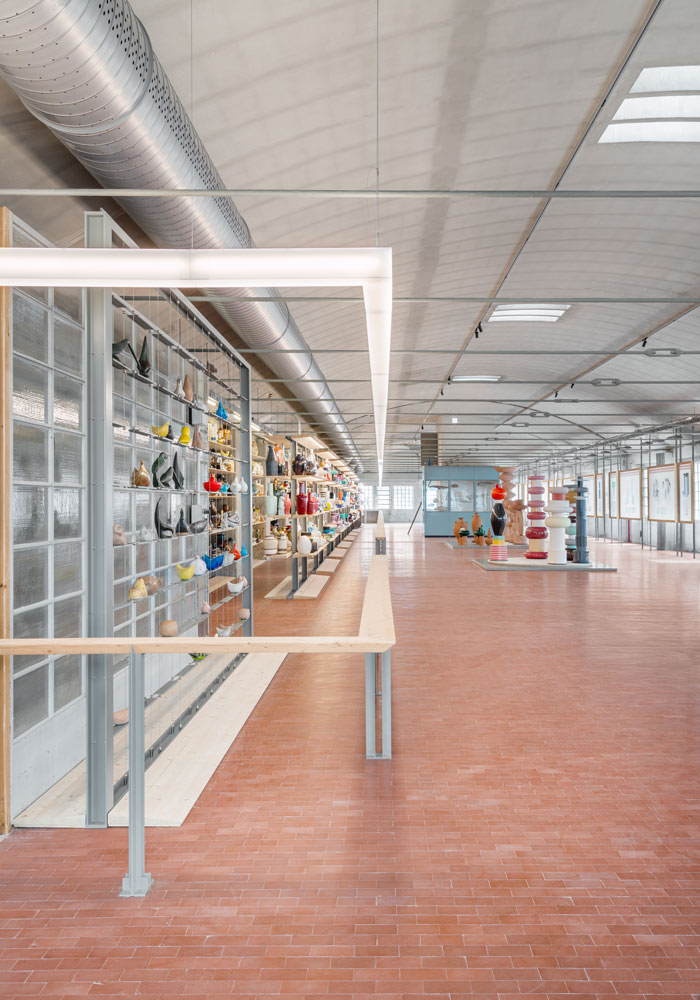
Delfino Sisto Legnani & Agnese Bedini
A selection of design models produced (and some still on sale) by Bitossi, working tools and plaster forms, as well as photographs and paper documentation – all freely accessible resources – offer both a testimony to the history of the brand and the bigger history of Italian ceramics as a whole and an inexhaustible source of inspiration for creators: artists, designers and interior architects.
An exhibition programme and a handsome book marking the brand’s centenary
Modern and contemporary design icons showcased in an immersive experience
Launched during the last Salone del Mobile in Milan, the programme of permanent and temporary exhibitions at the Bitossi Archive Museum, which is located near Florence, is varied. In the main space, the layout created by the partners of the AR.CH.IT architecture studio means that the visitor is guided through the aisles, which are sorted in chronological order and according to the type of design objects and tableware products that have entered the Vittoriano Bitossi Foundation’s collections. The Foundation’s most cherished works and those of historical interest, such as the Rimini blue pieces by the brand’s first artistic director Aldo Londi and the ceramic totems by the master of postmodernist design Ettore Sottsass, are given pride of place.
Vibrant colours, original shapes and traditional or cutting-edge technology interact in the museum’s exhibition halls to tell a story that is “above all the story of Italy”, says Marina Vignozzi Paszkowski, curator of the Bitossi Industrial Archive, the institution behind the construction of the museum. “More pages can still be added to the Bitossi story and serve to enrich the brand’s corporate culture as well as general culture.”
100 years of design and craft tradition in one book
Ettore Sottsass during the 20th century, but also Nathalie Du Pasquier, George J. Sowden, Marco Zanini, Michele De Lucchi, and then Karim Rashid, Arik Levy and Fabio Novembre in the 2000s left their mark on Bitossi. Since then, new generations of international and Italian designers such as Max Lamb, Formafantasma, Benjamin Hubert, Bethan Laura Wood and Quincoces-Dragò have continued to converse with the brand’s artistic direction, always with an inclination to leave the beaten track to experiment with the material. This was recently the case for the Frenchman Pierre Marie, who has been given an exhibition space in the Bitossi Archive Museum to present his collection.
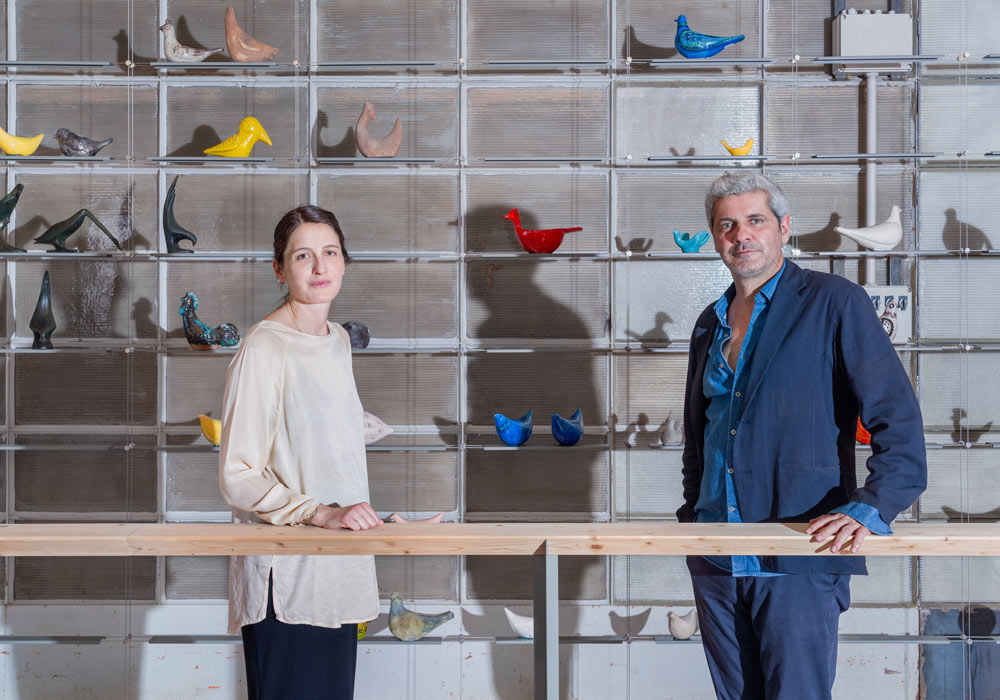
Delfino Sisto Legnani & Agnese Bedini
Ginevra Bocini, who has been in charge of Bitossi’s production for five years and has worked hard to consolidate its identity, represents the fourth generation of the Bitossi family. Thanks to her dedication, Bitossi is publishing the book “Handmade by Bitossi 100 Years of Tradition” to mark the centenary of its foundation (1921-2021).
The aim of this handsome book is to project the excellence of the brand’s historical and artistic heritage into the future, into a contemporary dimension and to inject new vitality to the company’s success. “A fundamental heritage on which to build new collaborations with the master craftsmen and women of tomorrow,” as Ginevra Bocini puts it.
A book-cum-catalogue that is the result of three years of work and that conveniently coincides with the opening of the Bitossi Archive Museum in Italy.
Via Antonio Gramsci 14, 50056 Montelupo Fiorentino (Italy)
info@fondazionevittorianobitossi.it
+39 0571 51033
The book “Handmade by Bitossi 100 Years of Tradition” is on sale at bitossiceramiche.it
